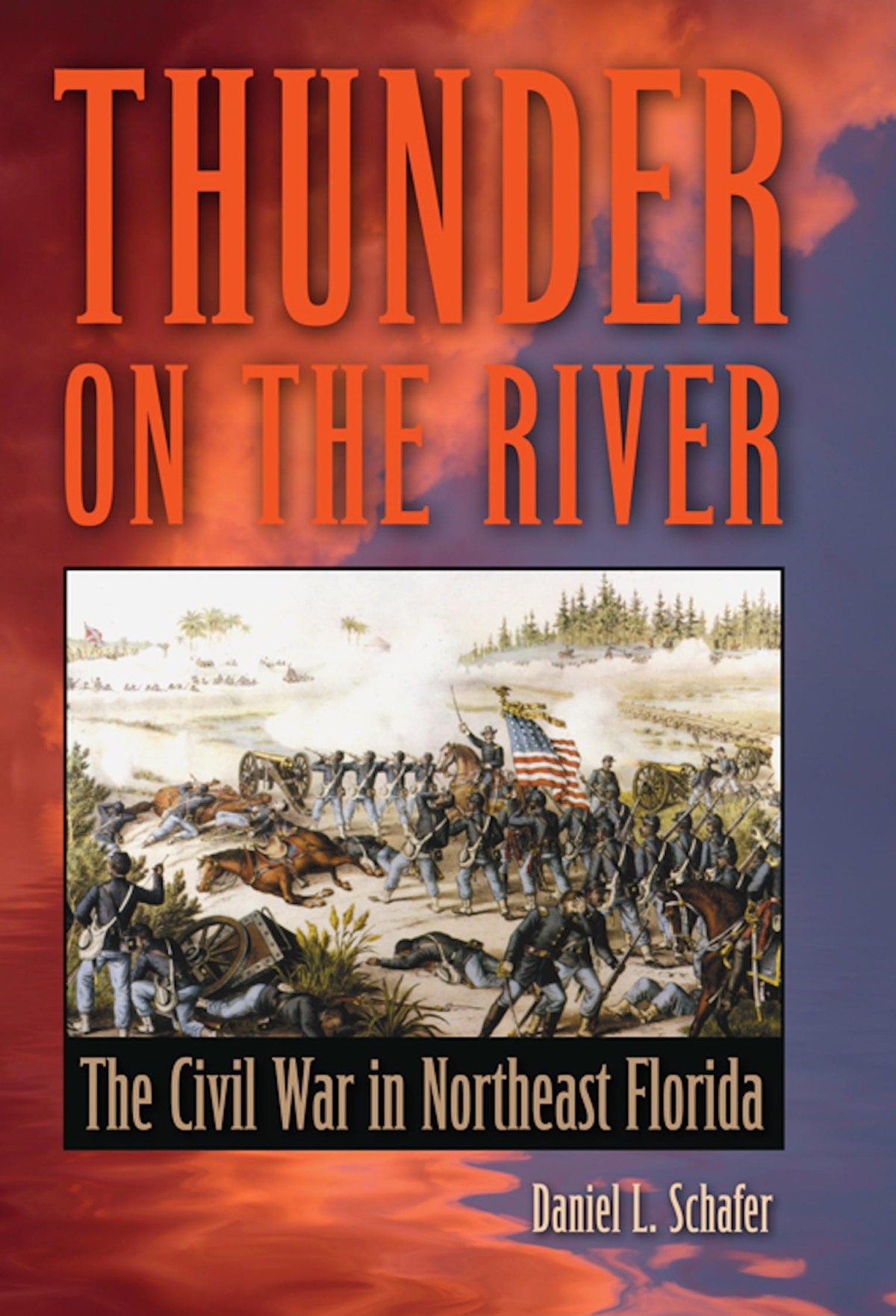

Most ebook files are in PDF format, so you can easily read them using various software such as Foxit Reader or directly on the Google Chrome browser.
Some ebook files are released by publishers in other formats such as .awz, .mobi, .epub, .fb2, etc. You may need to install specific software to read these formats on mobile/PC, such as Calibre.
Please read the tutorial at this link: https://ebookbell.com/faq
We offer FREE conversion to the popular formats you request; however, this may take some time. Therefore, right after payment, please email us, and we will try to provide the service as quickly as possible.
For some exceptional file formats or broken links (if any), please refrain from opening any disputes. Instead, email us first, and we will try to assist within a maximum of 6 hours.
EbookBell Team

4.7
26 reviews"Captures in rich detail the competition between the Confederates and Unionists, blacks and whites, and civilians and soldiers in the region. A fascinating and illuminating story told through compelling and persuasive prose."--Aaron Sheehan-Dean, author of Why Confederates Fought
"A fast-paced social history of the Civil War in northeastern Florida."--John David Smith, editor of Black Soldiers in Blue
When the Civil War finally came to North Florida, it did so with an intermittent fury that destroyed much of Jacksonville and scattered its residents. The city was taken four separate times by Federal forces but abandoned after each of the first three occupations. During the fourth occupation, it was used as a staging ground for the ill-fated Union invasion of the Florida interior, which ended in the bloody Battle of Olustee in February 1864. This late Confederate victory, along with the deadly use of underwater mines against the U.S. Navy along the St. Johns, nearly succeeded in ending the fourth Union occupation of Jacksonville.
Writing in clear, engaging prose, Daniel Schafer sheds light on this oft-forgotten theatre of war and details the dynamic racial and cultural factors that led to Florida’s engagement on behalf of the South. He investigates how fears about the black population increased and held sway over whites, seeking out the true motives behind both the state and federal initiatives that drove freed blacks from the cities back to the plantations even before the war's end.
From the Missouri Compromise to Reconstruction, Thunder on the River offers the history of a city and a region precariously situated as a major center of commerce on the brink of frontier Florida. Historians and Civil War aficionados alike will not want to miss this important addition to the literature.